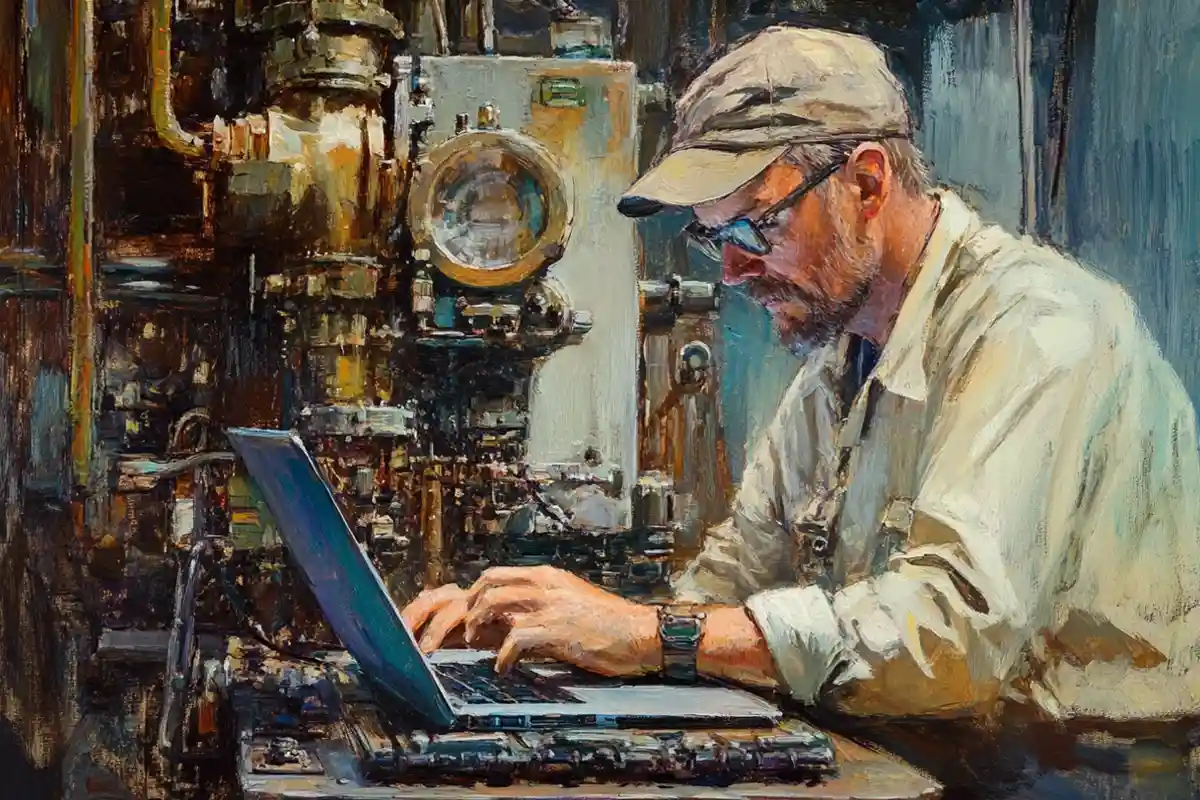An excellent prompt is the first step in using AI to produce stunning photographs. The AI knows what you want it to draw when you give it a prompt. You can get images that appear just as you had in mind if you follow the correct instruction. This article explains how to create prompts that complement AI picture generators.
1. Be Clear and Specific
Telling the AI exactly what you want is the first step. Consider explaining the image to a person who is unable to see it. Say something like, “Draw a nice, fluffy, white cat sitting on a windowsill with the light beaming on it,” rather than, “Draw a cat.”
Example:
- Not Specific: “Draw a city.”
- Specific: “Draw a futuristic city with tall glass buildings and flying cars in the sky.”
2. Use Simple Language
Steer clear of complex words. Make sure your descriptions are simple to comprehend. AI performs better with clear instructions.
Example:
- Complex: “Render an intricate urban environment with post-modern structures.”
- Simple: “Draw a modern city with tall, shiny buildings and bright lights.”
3. Add Details About Style and Mood
Do you want the picture to resemble a painting, a cartoon, or something realistic? It can be helpful to include words about style. Say so as well if you want a particular atmosphere. Words like “pleasant,” “peaceful,” “mystery,” or “frightening” establish the image’s mood.
Example:
- “Create a serene watercolor illustration of a forest scene with a soothing stream and soft sunlight filtered through the trees.”
4. Mention Colors
Colors have a significant impact on visuals. Say “orange and pink sky” if you are hoping for a sunset. Say “white snow with blue shadows” to describe a scene set in the winter. Colors give the AI a sense of how the image should feel.
Example:
- “Draw a winter landscape with white snow, blue shadows, and a warm orange glow from the setting sun.”
5. Specify the Setting and Background
Where does the scene take place? Adding details about the setting, like “on the beach,” “in a forest,” or “on a busy city street,” gives the AI a clear idea of where to focus.
Example:
- “Draw a sandy beach with clear blue water and a bright blue sky.”
6. Add Action Words
If you want something happening in the picture, use action words like “running,” “jumping,” or “flying.” Action words tell the AI to add movement to the image.
Example:
- “Draw a child running through a field of flowers with a big smile.”
7. Test and Adjust
The AI may not always get it correctly the first time. Try adding or altering details to the prompt. You can get closer to the desired image by experimenting with different words.
Conclusion
It takes practice to write AI picture generator prompts that work. Try various strategies, use straightforward language, and include specifics about colors, styles, and situations. You may produce amazing graphics that fit your imagination if you are given the correct prompt. Enjoy your creative endeavors!

